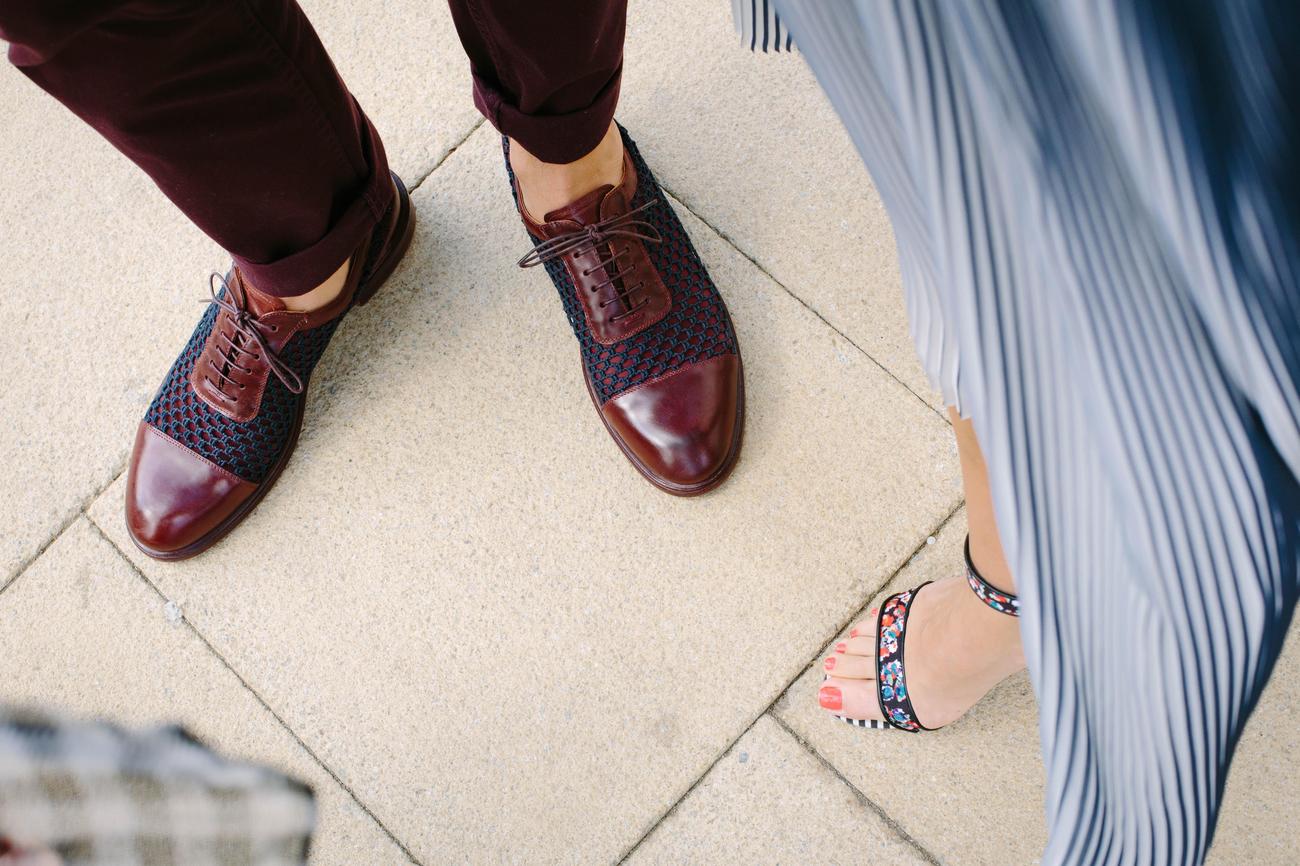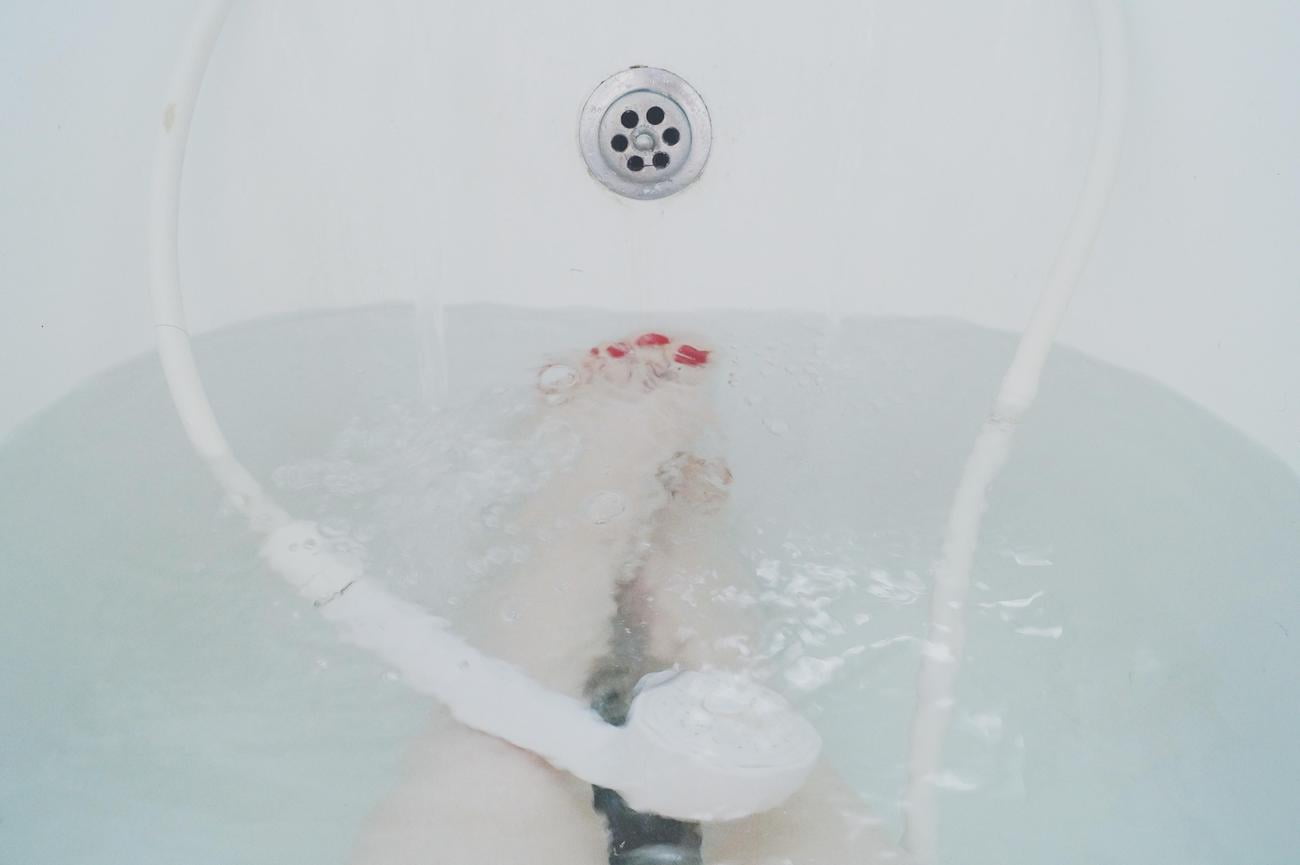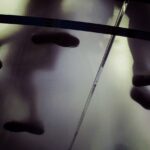Are you ready to embark on a journey of discovery into the captivating world of toenails? In this article, we will delve into the fascinating realm of unusual facts about these often overlooked body appendages. From peculiar shapes to peculiar functions, toenails have stories to tell that will leave you astounded. So, fasten your seatbelts and get ready to uncover the hidden mysteries behind toenails. Get ready to be amazed by the extraordinary tales that lie beneath the surface of these tiny, yet remarkable, protectors of our feet. Don’t miss out on this enthralling exploration into the captivating world of toenail phenomena.

Unusual Facts About Toenails
Toenails, those hard organic proteins that cover the tips of our toes, may seem like simple body appendages. But if you take a closer look, you’ll discover a world of intriguing and unusual facts. Let’s dive deeper into the realm of toenails and uncover some captivating insights that will leave you amazed.
Toenails: More Than Meets the Eye
While it’s easy to overlook toenails as just a small part of our bodies, they are actually an essential component of the integumentary system, which includes the skin, hair, and nails. Toenails are primarily composed of a protein called alpha-keratin, also known as a-keratin. This protein is responsible for the hard and protective nature of toenails. So the next time you spot a toenail, remember that it’s not just a simple piece of keratin, but rather a fascinating example of the intricacies of our bodies.
“Toenails are not merely dead cells; they are sturdy armor protecting our delicate toe tips.”
The Anatomy of Toenails
Toenails can be seen as tiny shields, guarding our toes from the external environment. They consist of four main parts: the cuticle, the matrix, the nail bed, and the nail plate. The cuticle acts as a protective barrier, sealing the area where the nail emerges from the skin. The matrix is the area where nail growth occurs, and it is responsible for producing new cells that form the nail plate. The nail bed acts as a support structure for the nail plate, while the nail plate itself is the visible part of the toenail.
“Think of your toenails as a complex structure, with each part playing a vital role to keep your toes safe and sound.”
Toe Claws: A Surprising Connection
Did you know that toenails are essentially human claws? While our claws may not be as sharp or as long as those found in animals, the basic structure is quite similar. This connection to claws dates back to our early ancestors, where nails evolved from claws during the transition from climbing trees to walking on two feet. So the next time someone mentions your “claws,” you can proudly show off your toenails!
“Take a moment to appreciate your toenails, a remnant of our evolutionary past, connecting us to our clawed relatives.”
The Balancing Act of Toenails
Not only do toenails serve as protective barriers and reminders of our evolutionary history, but they may also play a role in our balance. Some studies suggest that toenails enhance our ability to maintain stability and distribute weight evenly while walking and standing. The curvature and thickness of toenails contribute to our body’s proprioception, helping us maintain equilibrium. So the next time you stumble upon uneven terrain, be grateful for those toenails supporting your graceful movements.
“Toe-nails: the unsung heroes of balance, keeping us steady on our feet!”
The Hidden World Beneath Toenails
Beneath the surface, toenails can harbor some unwelcome visitors. Fungi and bacteria find cozy hiding places between the toenails and the skin, leading to unpleasant conditions such as fungal nail infections. This reminds us of the importance of good foot hygiene, ensuring that we keep our toenails clean and dry to prevent these unwanted hitchhikers.
“Don’t let your toenails become a cozy retreat for fungi and bacteria; keep them clean and healthy!”
In addition to microorganisms, other debris such as dead skin cells, dirt, and lotions can accumulate under our toenails. Regular cleaning and maintenance can prevent a buildup of unwanted substances and ensure that our toenails stay fresh and free from any potential health issues.
“Remember to give your toenails some TLC to maintain their sparkling cleanliness!”
The Harsh Reality of Clean-Looking Toenails
Although our toenails may appear clean and pristine, the reality is that they are not as spotless as they seem. Even with regular cleaning, microscopic particles and organisms may still reside beneath the surface. This serves as a reminder that appearances can be deceiving, and thorough care and attention are needed to maintain healthy toenails.
“Looks can be deceiving; don’t forget to dig deeper when it comes to caring for your toenails!”
Toenails, with their peculiar characteristics and surprising connections, deserve more attention than we often give them. These extraordinary body appendages protect, balance, and remind us of our evolutionary journey. So let’s embrace the unusual world of toenails and appreciate the remarkable role they play in our lives.
Note: Article content created with guidance from an experienced podiatrist with a keen interest in unusual toenail phenomena.
Toenails may seem like a trivial part of our body, but did you know they hold some fascinating secrets? Discover fun facts about toenails that will leave you amazed and curious to learn more. From their growth rate to the role they play in protecting our toes, these tiny nail beds have a lot to tell. Dive into the intriguing world of toenails by clicking here: Fun Facts About Toenails. Prepare to be surprised!
FAQ
What are toenails made of?
Toenails are made up of a protein called alpha-keratin, also known as a-keratin. This hard, organic protein covers the tips of human toes and is part of the human integumentary system.
How many parts make up a toenail?
Toenails have four main parts: the cuticle, the matrix, the nail bed, and the nail plate. The cuticle is the thin layer of tissue that protects the matrix, which is where the nail growth occurs. The nail bed is the underlying skin beneath the toenail, and the nail plate is the visible portion of the toenail.
Are toenails similar to claws?
Yes, toenails can be considered as human claws. Like claws, they provide protection for the tips of our toes and aid in various functions such as gripping surfaces.
Do toenails serve any other purpose besides protection?
While toenails primarily serve the purpose of protecting our toes, some research suggests that they also play a role in helping us balance. The shape and structure of the toenail can impact our body’s ability to maintain stability.
Can fungi and bacteria be found under toenails?
Yes, fungi and bacteria can lurk between toenails and the skin beneath them. Additionally, other debris such as dead skin cells, dirt, and lotions can accumulate under toenails. This emphasizes the importance of proper hygiene and regular cleaning of toenails, even if they may appear clean on the surface.
















